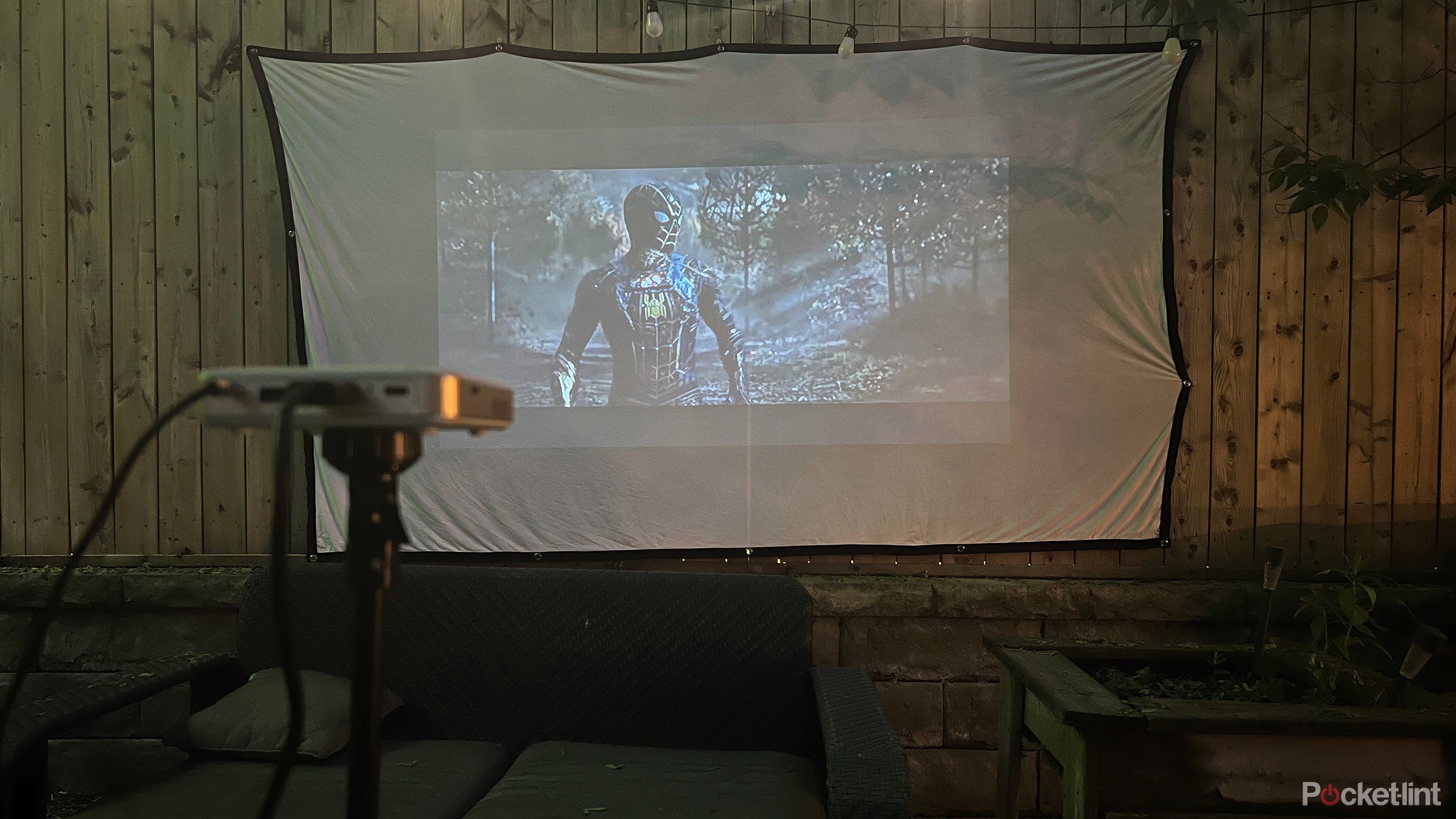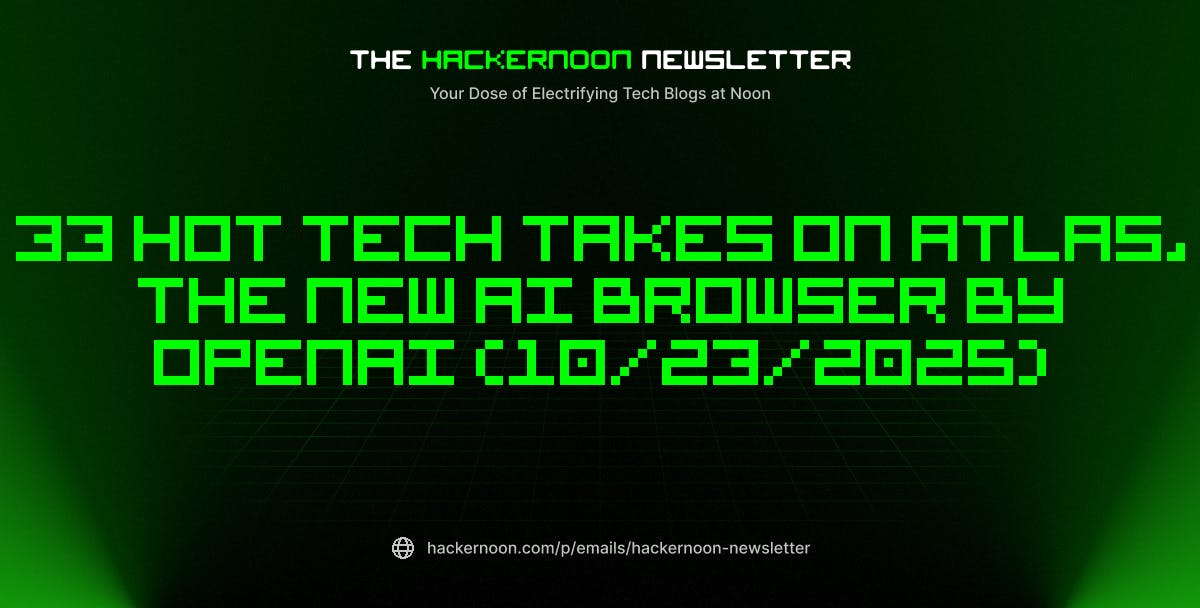Hello Everyone!
After a while away from publishing, I’m back — this time to share something very different from my usual reflections on leadership or career.
If you expect a story about a lone wolf who coded the next billion-dollar SaaS in his basement, forget it. This is not that story.
I’ve tried launching MVPs before. Ideas that started with excitement, prototypes that felt promising… but they always stalled. They stayed in that “almost something” limbo.
t’s a social recommendation platform — a place where people share books, movies, and music they love, not just what algorithms decide. A network built around human taste, not corporate feeds.
And here’s the interesting part: RecomendeMe was shaped by the messy but fascinating collaboration between human creativity and artificial intelligence.
I used AI to:
- Sketch the scope and roadmap of the project.
- Generate scaffolding code and prototypes.
- Structure data models and flows.
- Debug errors and accelerate fixes (with tools like Cursor).
But let me be clear: this is not a technical benchmark review.This is not about comparing GPT to Claude or Gemini by parameters.
This is a record of lived experience of how it feels to build something real with a small team and a lot of help from AI.
I’ve been coding for more than ten years now. My journey started back in 2014, right in the middle of that exciting era when mobile development felt like the Wild West. You could throw almost anything into the App Store or Google Play — from simple games to apps that did the most random things and there was always a chance you’d make money. It was a thrilling time.
Then came the Big Data boom in 2016-2017. I watched up close as AI moved from buzzword to reality, with companies racing to find use cases that could transform industries. Fraud detection, recommendation engines, predictive maintenance… suddenly, data wasn’t just data anymore. It was fuel.

At that time, entrepreneurship looked very different. If you wanted to start something, you needed a bigger crew. Developers, designers, someone to manage infrastructure, someone else for security… and yes, all those oddly specific roles that sounded like inside jokes: DevOps Evangelist, Data Janitor, Chief Digital Prophet. Teams felt bloated, but that was the norm.
Fast forward to today — and I have to admit, in some ways, I agree with what most poeple in the fied have been saying. Maybe not today, but in the near future we will see the rise of the “one-person company,” powered by AI. Teams will shrink. Execution will be faster. The multiplier effect is undeniable.
But let’s stay honest: we’re not there yet.The system — from infrastructure to regulation — isn’t fully ready. At some point, that “one-person company” will still need more hands, more perspectives, more human layers.

That’s why *RecomendeMe * today runs on a team of just three people. I coded most of the platform myself.
And here’s one simple rule I’ve learned along the way:
- You don’t need a 200-person company anymore Unless what you truly love is giving out jobs.
AI has become the multiplier.
It allows small teams like mine to play in arenas that once belonged only to corporations with massive headcounts.
My AI Pipeline: From Strategy to “Intern”
I used AI to outline the scope of the project and build a quick MVP.It worked — but that alone wasn’t enough.
As a programmer, I knew one thing from the start: typing text into a prompt is not programming. If you don’t know what you’re asking for, no LLM in the world will save you. I didn’t choose a framework at first — I let the assistants help me draft, test, and maintain the earliest versions. The foundation was theirs. The scalability, the architecture, the real backbone? That was on me.
I tested everything: Grok, ChatGPT, Gemini, Claude.

Most of RecomendeMe’s current codebase? Born out of Sonnet and GPT-4.5.
ChatGPT was (and still is) terrible at front-end. But it gave me the first bricks. The real breakthroughs came from combining Claude + GPT in tandem.
here’s the best way I can describe my pipeline:
I treated AI assistants as if they were employees.

At first, they worked with me at the strategic level: outlining scope, brainstorming features, suggesting directions.
Then, they moved into the tactical layer: helping me write base code, giving me raw material to refine.
Finally, after a series of questionable (sometimes outright dangerous) decisions — especially around privacy and user experience — we “demoted” them to the operational level. Today, they’re like interns: useful for drafts, tests, and repetitive tasks, but never running the show.
Because here’s the harsh truth: AI is still terrible with people.When it comes to sales, growth, or understanding human behavior, the models fail miserably. Almost none of the AI-driven strategies worked in the short or long term.
So every piece of people strategy — community, marketing, growth — came directly from our team.
The best results we’ve had so far were powered by human creativity, human empathy, and human hustle.
When AI fails, humans patch
AI assistants are amazing for drafts and fast MVPs.
**But reality hit me hard:
User privacy? Ignored.
Code consistency? Constantly broken.
Basic errors? Fixed only thanks to tools like Cursor.**
And beyond the code the AI still misses a thousand nuances. The codebase it generated didn’t include things every social platform must deal with: moderation layers, user safety, data protection. At the beginning, we faced problems with offensive content, privacy gaps, and even security blind spots. Things that no LLM will warn you about — they just happily output code.
We were fast enough to patch those holes. But it was a wake-up call: AI doesn’t care if your users are safe, if your content is legal, or if your platform is sustainable. That’s on you.
The pipeline that ended up working best for me became simple but effective:
👉 Idea → Any LLM for scaffolding → Specialist assistant (and human logic) for fixing, refining, and adding the real-world layers.
It’s like AI builds the skeleton, but you still need a skilled human surgeon to keep it alive — and make sure it doesn’t collapse on the first hit of reality.
Experience Still Matters
Here’s other the hard truth: AI is only as good as the human guiding it.
A skilled developer can turn AI into a powerful ally — a weapon to accelerate, draft, and experiment. But give the same tools to a beginner, and you mostly get speed without reliability. Fast outputs, yes. Trustworthy results? Not so much.

Even when I explicitly told the models, “I’m building a social network, focus on human experience, not AI features,” they ignored core rules. User privacy? Overlooked. Content moderation? Almost absent. And the weirdest part: they kept suggesting ways to integrate AI into areas where it was completely unnecessary as if their primary goal was to showcase AI itself rather than help the platform succeed.
It’s both fascinating and terrifying. Fascinating because you can see the raw potential; terrifying because the AI doesn’t know why you’re building something. It doesn’t understand context, priorities, or business sense. It only knows patterns.
That’s where experience comes in. The same prompts a beginner would feed blindly, I could filter, refine, and redirect. I could take the AI’s output and turn it into something coherent, usable, and aligned with the actual vision of RecomendeMe.
In other words: AI can suggest, it can scaffold, it can draft.But the decision-making, the prioritization, the “why this, not that” — that still lives in the human mind.
And in my experience, that gap between AI and human judgment is where the real power — and risk — lies.
It wasn’t the AI.It was human creativity.
The visual identity? Made by people.The strategy? Defined by people.The tough calls — the ones that actually mattered? Always human.
AI, however, did something incredible. It democratized skills and knowledge. What once required a team of specialists — architecture design, code scaffolding, database structuring — could now be accelerated by a handful of prompts. For **RecomendeMe, it meant that a team of three could accomplish what used to demand ten times that number.**It helped us scale faster than we could have imagined. It turned abstract ideas into functional prototypes. It allowed us to experiment freely, iterate rapidly, and focus our human energy on the parts AI cannot touch: vision, culture, community.
AI is giving people the power to take their ideas off paper, to build, test, and see them in the world. That’s transformative. It’s a multiplier for those who know how to wield it.
But let’s be honest: the soul of the project — turning recommendations into a social and cultural experience — came entirely from human vision. AI can assist, accelerate, and democratize. But the spark, the nuance, the subtle understanding of people’s tastes and interactions? That’s still human.
In the end, RecomendeMe exists not because AI wrote code, but because humans dreamed, decided, and cared enough to bring those dreams into reality.
The Verdict: Humans + AI, Today and Tomorrow
Mark Zuckerberg recently said he sees a future where Meta could be fully operated by AI in development.
Jensen Huang from NVIDIA insists that, “AI is not going to take your job. Someone using AI will.”
 RecomendeMe might be a glimpse of that future:
RecomendeMe might be a glimpse of that future:
A social platform built by a tiny human team + artificial intelligence.
I’ve lived through building it: AI accelerates, drafts, and democratizes skills. It allows small teams to reach heights that once required massive companies. But it doesn’t replace human judgment, creativity, or decision-making.
From the first MVP to scaling, AI helped us structure code, generate prototypes, and even debug — but all the strategy, the culture, the tough calls, the soul of RecomendeMe came from humans.
Perhaps, in the future, companies could run almost entirely on AI — decentralized, lean, and faster than anything we know today. Maybe one day a single person could launch a platform like this with AI as their partner.
But for now, and for the foreseeable future, it’s still humans who give purpose and meaning to the machine.
RecomendeMe stands as proof: a small team, guided by vision and experience, amplified by AI, can create something real, impactful, and alive.
And I believe this is just the beginning.









